The NY Times has an article called What $100 Can Buy, State by State. You know I can’t resist a good 50-state infographic. The first chart is basically a cost-of-living comparison. The findings shouldn’t be too surprising.
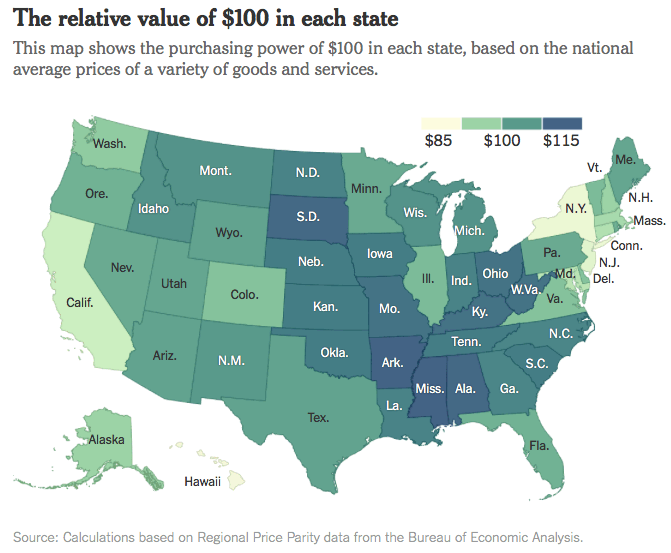
- Stuff and services cost the most in District of Columbia, Hawaii, New York, New Jersey, California, and Maryland.
- Stuff and services cost the least in Mississippi, Arkansas, Alabama, South Dakota, and Kentucky.
You would expect the states with higher cost-of-living to also have higher incomes. But the correlation isn’t always perfect. I found the second chart to be more interesting, as they adjusted for incomes. Some places had low-to-average income and high prices, while some states had average-to-high incomes and low prices.
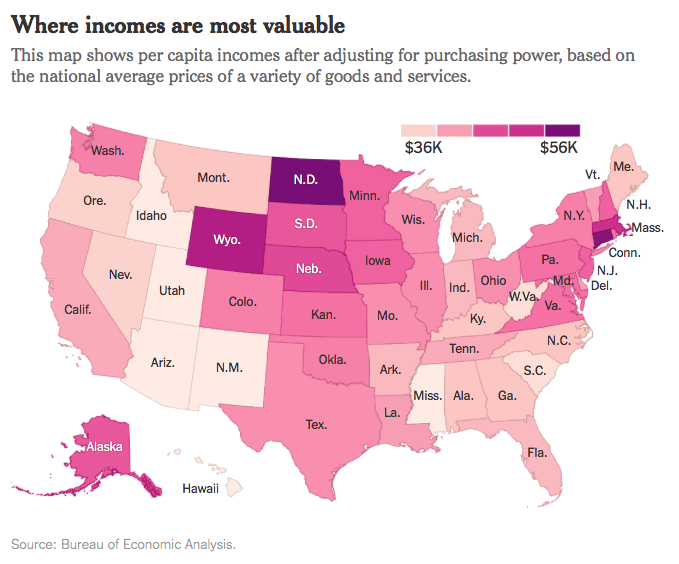
- The states where per capita incomes have the most purchasing power were North Dakota, Connecticut, District of Columbia, Wyoming, Massachusetts, and Nebraska.
- The states where per capita incomes have the least purchasing power were Utah, New Mexico, Arizona, Idaho, and Hawaii.
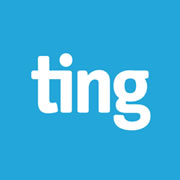
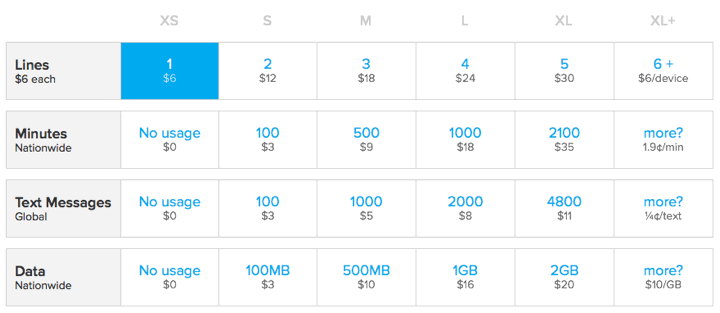
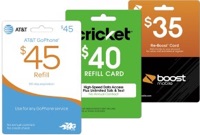 Best Buy has a sale offering 10% off prepaid phone cards. The “top-up” options include Verizon Prepaid, T-Mobile Prepaid, AT&T GoPhone, Cricket, Net 10, Virgin Mobile, Boost Mobile, TracPhone, Simple Mobile, Locus, and H20.
Best Buy has a sale offering 10% off prepaid phone cards. The “top-up” options include Verizon Prepaid, T-Mobile Prepaid, AT&T GoPhone, Cricket, Net 10, Virgin Mobile, Boost Mobile, TracPhone, Simple Mobile, Locus, and H20.  With a new promotion by RadPad and Android Pay, you can pay your rent with a credit card (Visa, Mastercard, American Express) and earn points/miles/cash rewards through the end of 2016. Your landlord will simply receive a check on your behalf from RadPad.
With a new promotion by RadPad and Android Pay, you can pay your rent with a credit card (Visa, Mastercard, American Express) and earn points/miles/cash rewards through the end of 2016. Your landlord will simply receive a check on your behalf from RadPad. 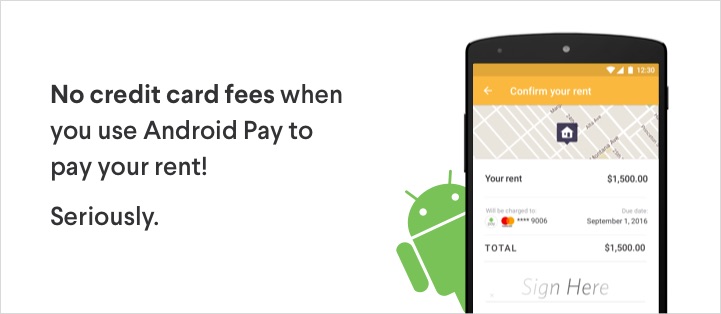
 Groupon is offering a free 3-month subscription of Pandora Premium music streaming service, which usually costs $9.99 per month. This upgrade includes access to 40 million songs on-demand, removal of all ads, unlimited skips, offline listening, and individualized playlists.
Groupon is offering a free 3-month subscription of Pandora Premium music streaming service, which usually costs $9.99 per month. This upgrade includes access to 40 million songs on-demand, removal of all ads, unlimited skips, offline listening, and individualized playlists.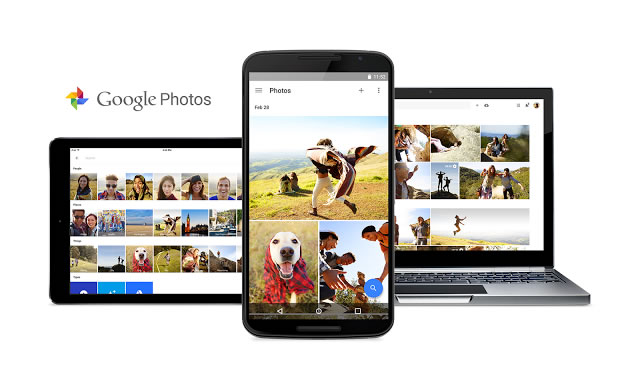
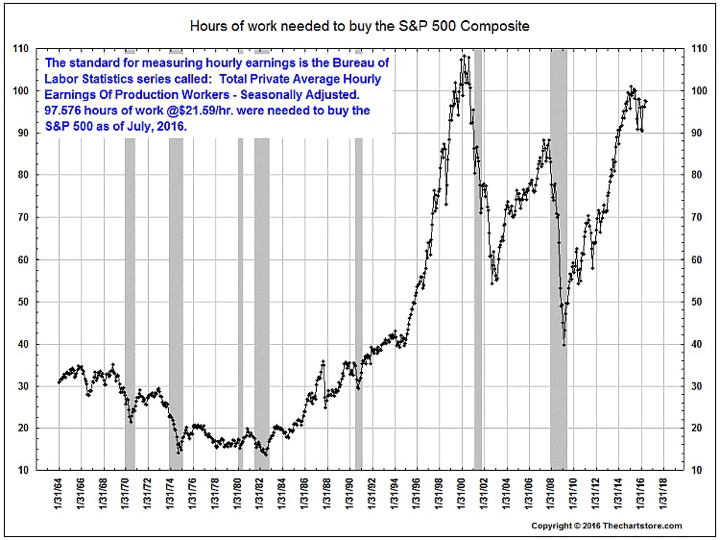
 Here’s a
Here’s a 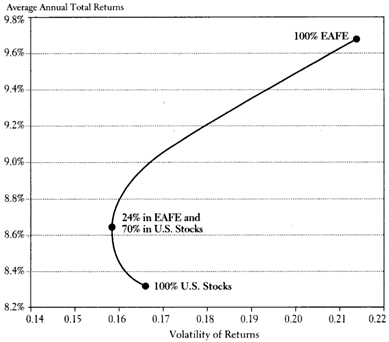
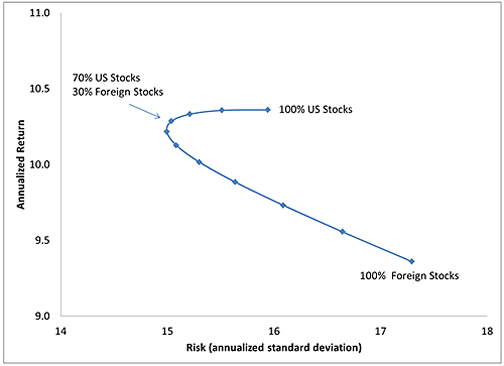
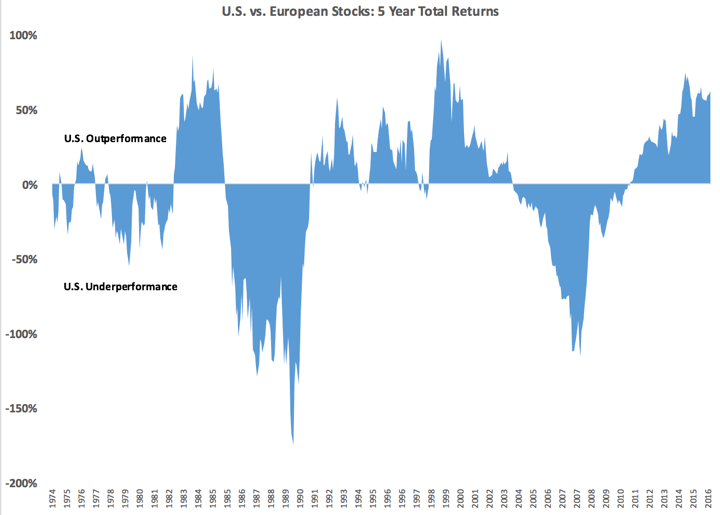
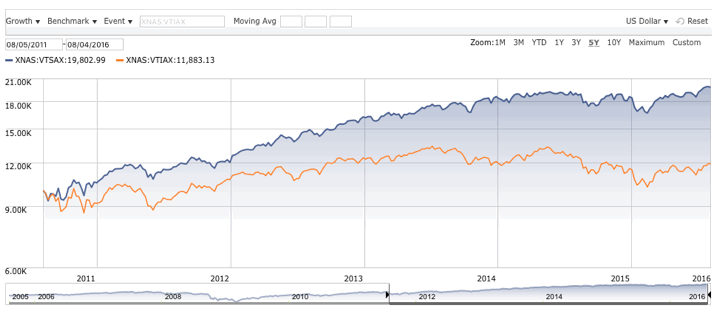
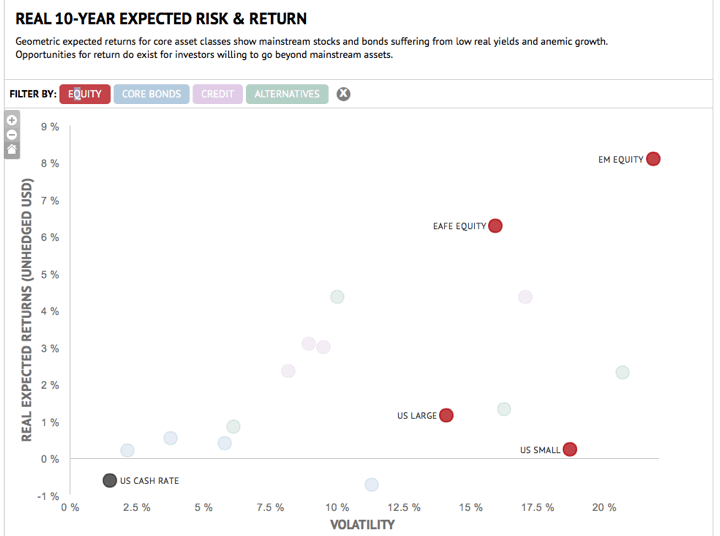
 I like the idea of living off dividend and interest income. Who doesn’t? The problem is that you can’t just buy stocks with the absolute highest dividend yields and junk bonds with the highest interest rates without giving up something in return. There are many bad investments lurking out there for desperate retirees looking only at income. My goal is to generate portfolio income that will keep up with inflation.
I like the idea of living off dividend and interest income. Who doesn’t? The problem is that you can’t just buy stocks with the absolute highest dividend yields and junk bonds with the highest interest rates without giving up something in return. There are many bad investments lurking out there for desperate retirees looking only at income. My goal is to generate portfolio income that will keep up with inflation. Update: LoungeBuddy ended the offer really early. Sorry!
Update: LoungeBuddy ended the offer really early. Sorry!
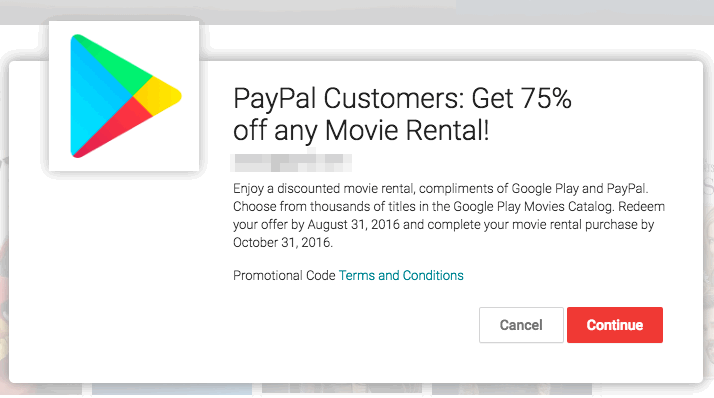

 The Best Credit Card Bonus Offers – March 2024
The Best Credit Card Bonus Offers – March 2024 Big List of Free Stocks from Brokerage Apps
Big List of Free Stocks from Brokerage Apps Best Interest Rates on Cash - March 2024
Best Interest Rates on Cash - March 2024 Free Credit Scores x 3 + Free Credit Monitoring
Free Credit Scores x 3 + Free Credit Monitoring Best No Fee 0% APR Balance Transfer Offers
Best No Fee 0% APR Balance Transfer Offers Little-Known Cellular Data Plans That Can Save Big Money
Little-Known Cellular Data Plans That Can Save Big Money How To Haggle Your Cable or Direct TV Bill
How To Haggle Your Cable or Direct TV Bill Big List of Free Consumer Data Reports (Credit, Rent, Work)
Big List of Free Consumer Data Reports (Credit, Rent, Work)